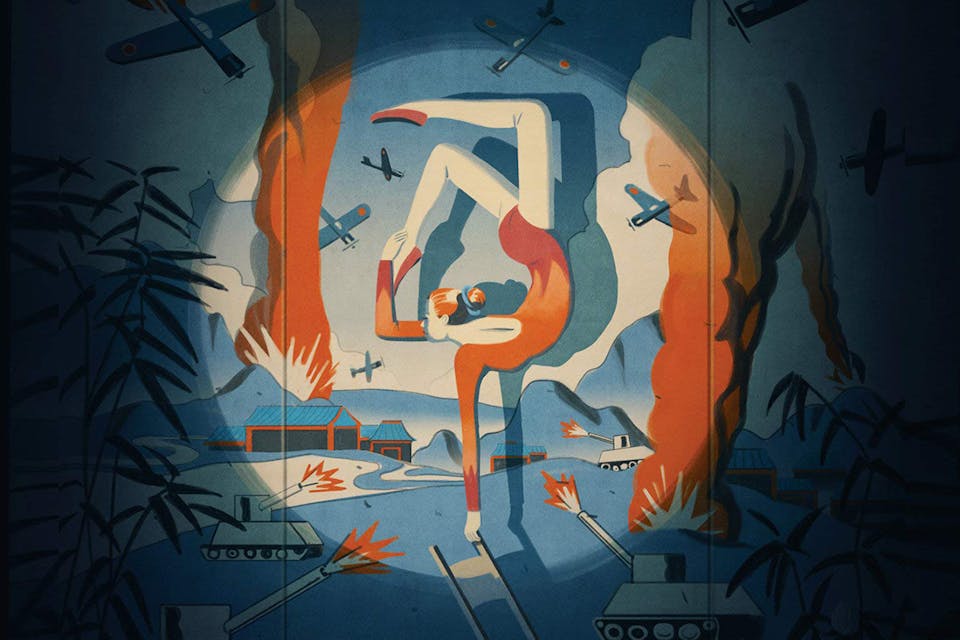
May 27, 2020
What Jewish Children’s Books Look Like in 2020
Over the last 30 years, books for young Jews have dropped religious and national identity and become obsessed with the Holocaust. Can they be put on a better track?
Several months ago, in January of this year, the Association of Jewish Libraries (AJL) announced the winners of the 2020 Sydney Taylor Book Award. The award, administered by the AJL since 1968, is presented annually to books for children and teens that “exemplify high literary standards while authentically portraying the Jewish experience.”
This year’s gold-medal winners include The Book Rescuer: How a Mensch from Massachusetts Saved Yiddish Literature for Generations to Come by Sue Macy, a picture-book biography of Aaron Lansky, founder of the Yiddish Book Center; White Bird: A Wonder Story by R.J. Palacio, a graphic novel for middle-grade readers in which a young boy learns his grandmother’s story of rescue in Vichy-occupied France; and the young-adult historical novel Someday We Will Fly by Rachel DeWoskin, the story of a Jewish family that settles in Shanghai after fleeing the Holocaust. Other award winners deal in largely similar themes: significant Jewish lives, the Holocaust, the immigrant experience.
Whether or not their authors are aware of it, this group of books represents a Jewish cultural landscape significantly changed from that of 1985, the year the Sydney Taylor award came into its full maturity. Back then, bar-mitzvah plots were de rigueur, Jewish picture books dealt mostly in holiday or biblical themes, and the state of Israel was a celebrated topic in texts for all ages. Today, these themes have mostly fallen by the wayside, replaced instead by biographical works and by books addressing the Holocaust from seemingly every imaginable angle.